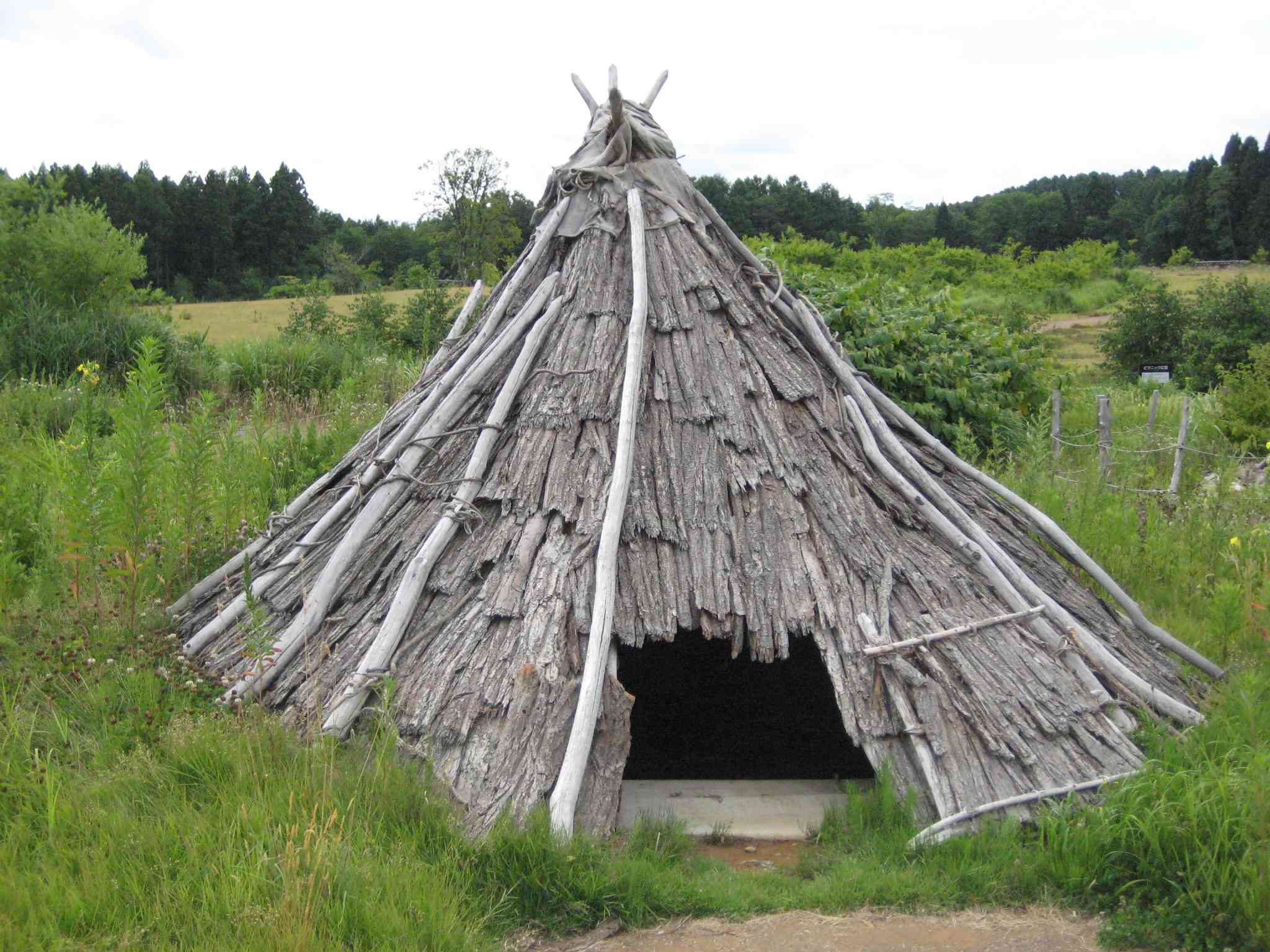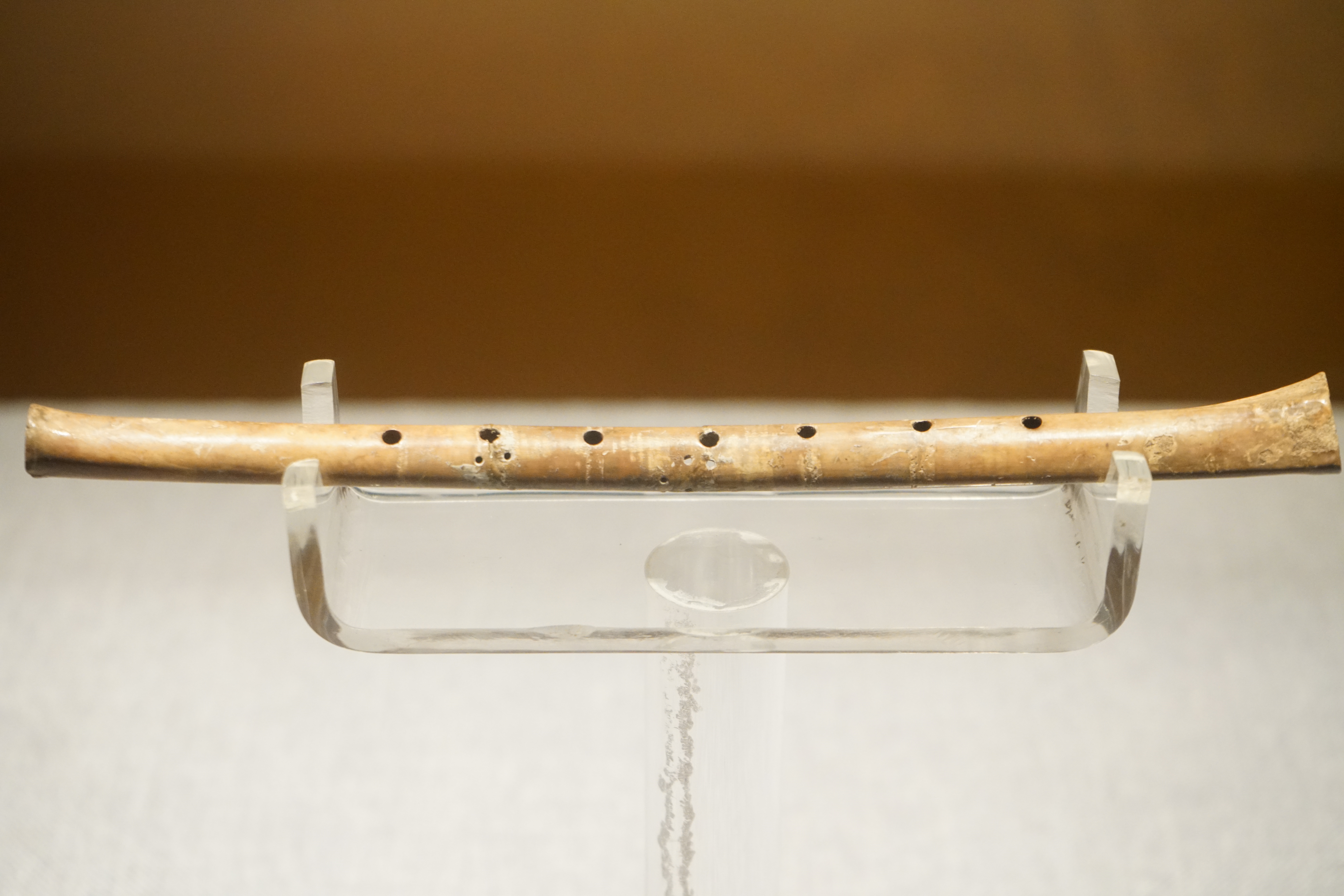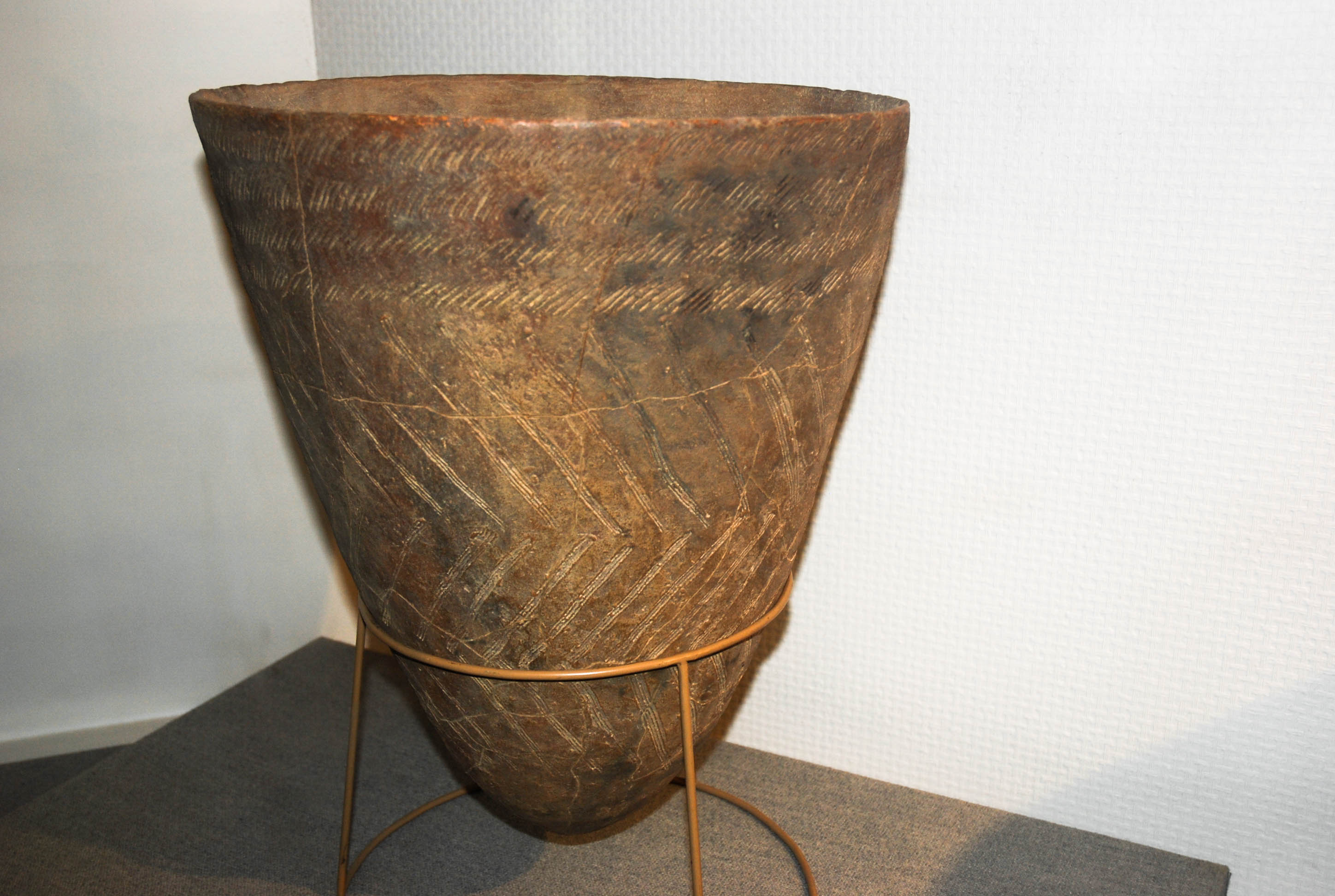Bonus Episode: Dinosaurs of Japan








This will probably be the last episode on Dinosaurs I ever make but it was worth it. No ragrets.








This will probably be the last episode on Dinosaurs I ever make but it was worth it. No ragrets.
I don’t really have any interesting photos or pithy captions for this episode. It’s unfortunate how far some people will go to elevate their own fame over the common good. History belongs to its people, and to mislead those people intentionally is a terrible crime. It is also tragic how these events led to the untimely death of a legitimate researcher who was likely innocent of the charges laid against him.
Suicide is not something I take lightly. It causes untold misery, sadness, and confusion for the victim’s loved ones, and if you are struggling with thoughts of harming yourself, please seek help. You are not alone.
Visit the National Suicide Prevention Lifeline
Call the National Suicide Prevention Hotline (US): 1-800-273-8255











Tōkyo National Museum Jōmon Exhibit – Lots of great pictures of various items which the Jōmon people used every day, including wooden baskets, pottery, Dogū
Cleveland Museum of Art Jōmon Pottery – Great virtual exhibit of Jōmon pottery from various angles, as well as helpful descriptions of their uses.
Chino City Jōmon Page – A pleasant English-language walkthrough of the Jōmon Period with lots of relevant artifacts unearthed in Nagano Prefecture.
This episode was difficult to research but I felt it was important to include both the Ainu and Ryukyuan peoples in the narrative where possible because they are far too often overlooked. Here are some public domain/creative commons photos to help with visualization:




The first episode is now live! IT LIVES!
I got to read a lot of academic articles for this, which was fun. I wish I could go into more detail regarding plant husbandry and Jōmon religion, but a lot of it is still speculation. It’s probably fair to assume a bit of overlap between the Ainu and the Jōmon regarding rituals and cultural practices but, again, there’s still a lot we don’t know for sure about this period.
Sannai-Maruyama Site Official Webpage – Explore the site I mentioned in the podcast from the comfort of your screen! Lots of great photos and information!
Jōmon Archaeological Sites – A fantastic page featuring loads of photos and information of various Jōmon sites throughout Japan!
Hope you enjoyed the episode!
Recent Comments